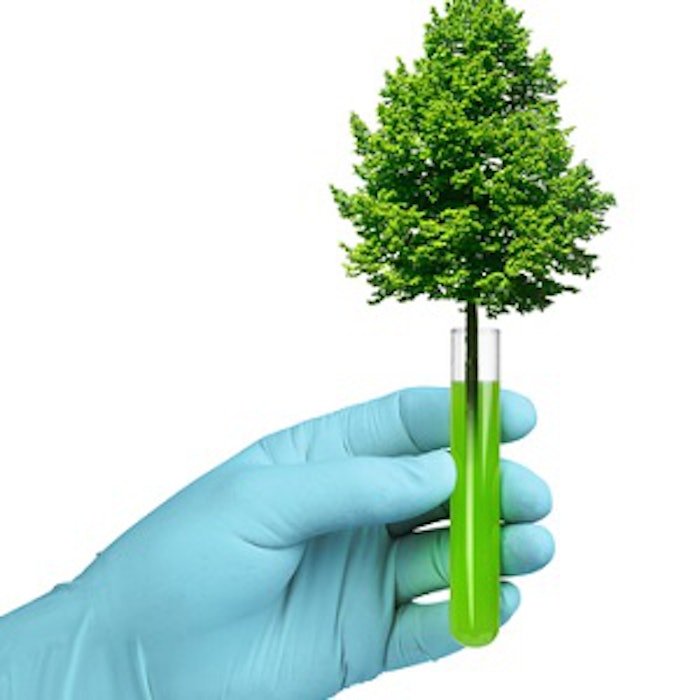
Using emerging biotech processes, one large fermentation tank will be able to produce as much valencene as a pile of oranges standing 500 feet tall and weighing 1 million metric tons. "I think that pretty well illustrates where the scalability and cost-effectiveness comes in," says Richard Burlingame, vice president of R&D at Allyix, a San Diego-based company that has begun creating and marketing terpenes for the flavor and fragrance industry.
More than 50,000 types of terpenes have been discovered to date, yet most occur in plants and microorganisms at minute levels. And so, says Allylix president and CEO Carolyn Fritz, natural extraction has been markedly expensive. “The alternative technology is chemical synthesis,” she says. “[Terpenes] are typically complex cyclic compounds that are very diffi cult to synthesize. These chiral compounds typically have three or four chiral centers [R/S], so if you’re trying to create a single isomer through chemical synthesis, that’s very expensive. The value of [creating terpenes] biologically, working with an organism in a fermentation approach, is that they produce a single isomer very effi ciently.” In addition, synthetic materials cannot be claimed as natural, which can be a challenge in a consumer environment that increasingly demands natural products.
The Path to Natural Terpene Production
Fritz joined Allylix in 2004, when it was “a single scientist and some glassware,” bringing with her experience garnered from a biotech startup she ran for Cargill in the 1990s, and two businesses—a biochemical/biopolymer operation and a therapeutic protein and antibody contract manufacturer—she built for Dow Chemical. Allylix’s fundraising for the development of a biological approach to terpene production began the following year and moved through three stages, totaling $15 million. In the meantime, Burlingame came on board, having spent more than two decades as a biotechnologist working with small and large industrial biotech fi rms, gaining insight into strain development and optimization, amino acid production, metabolic engineering, enzymology, biocatalysis, fermentation, and more.










